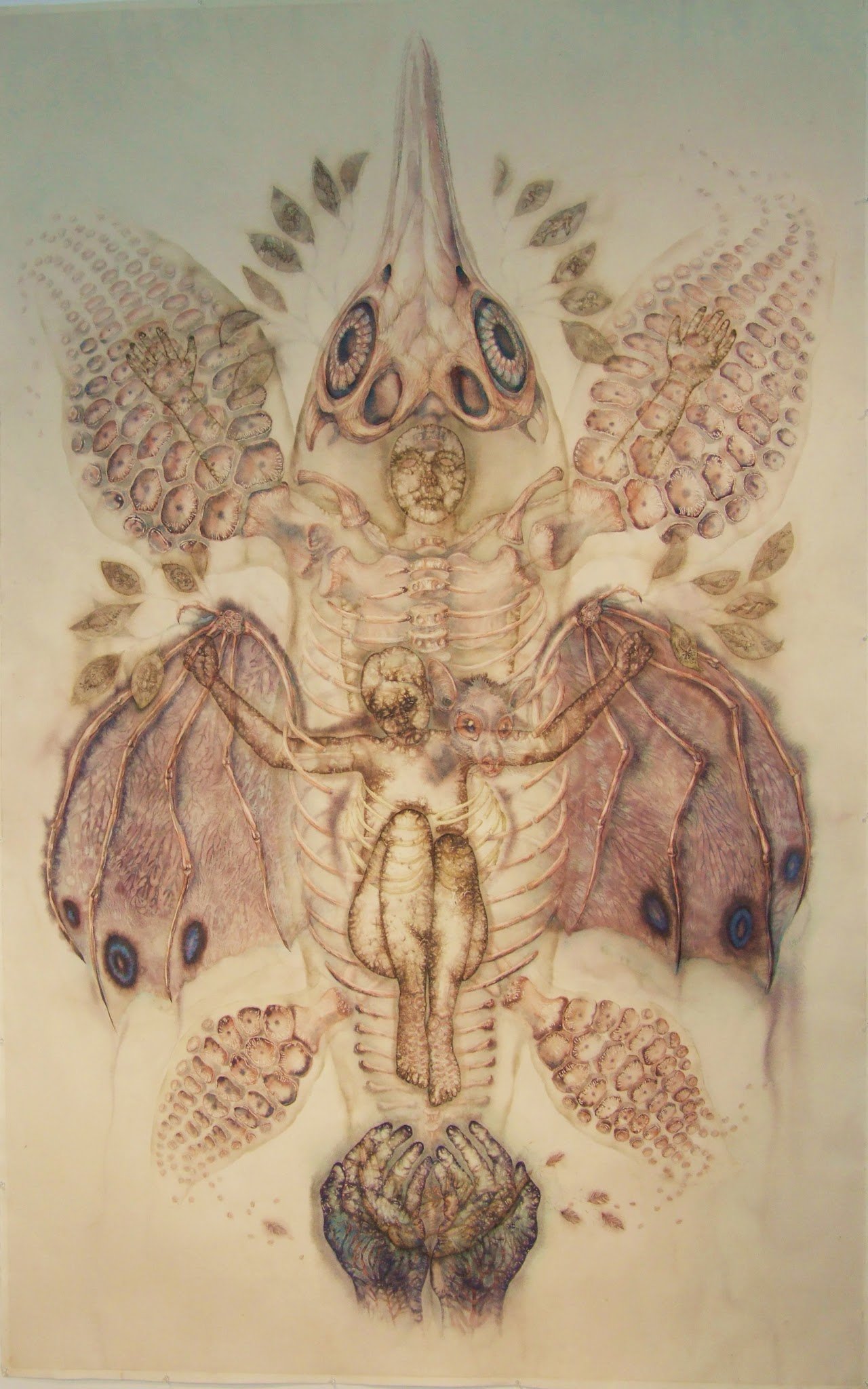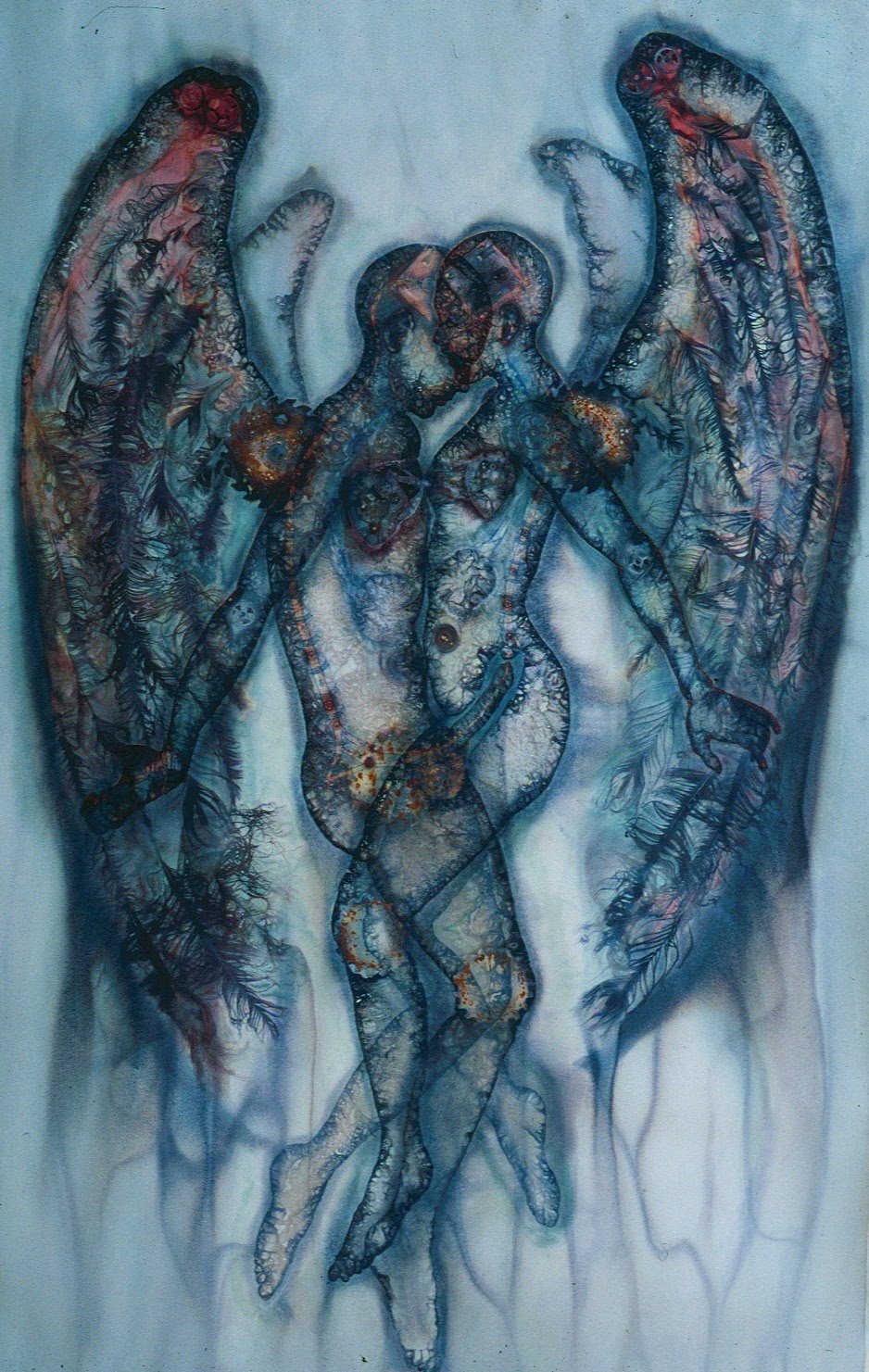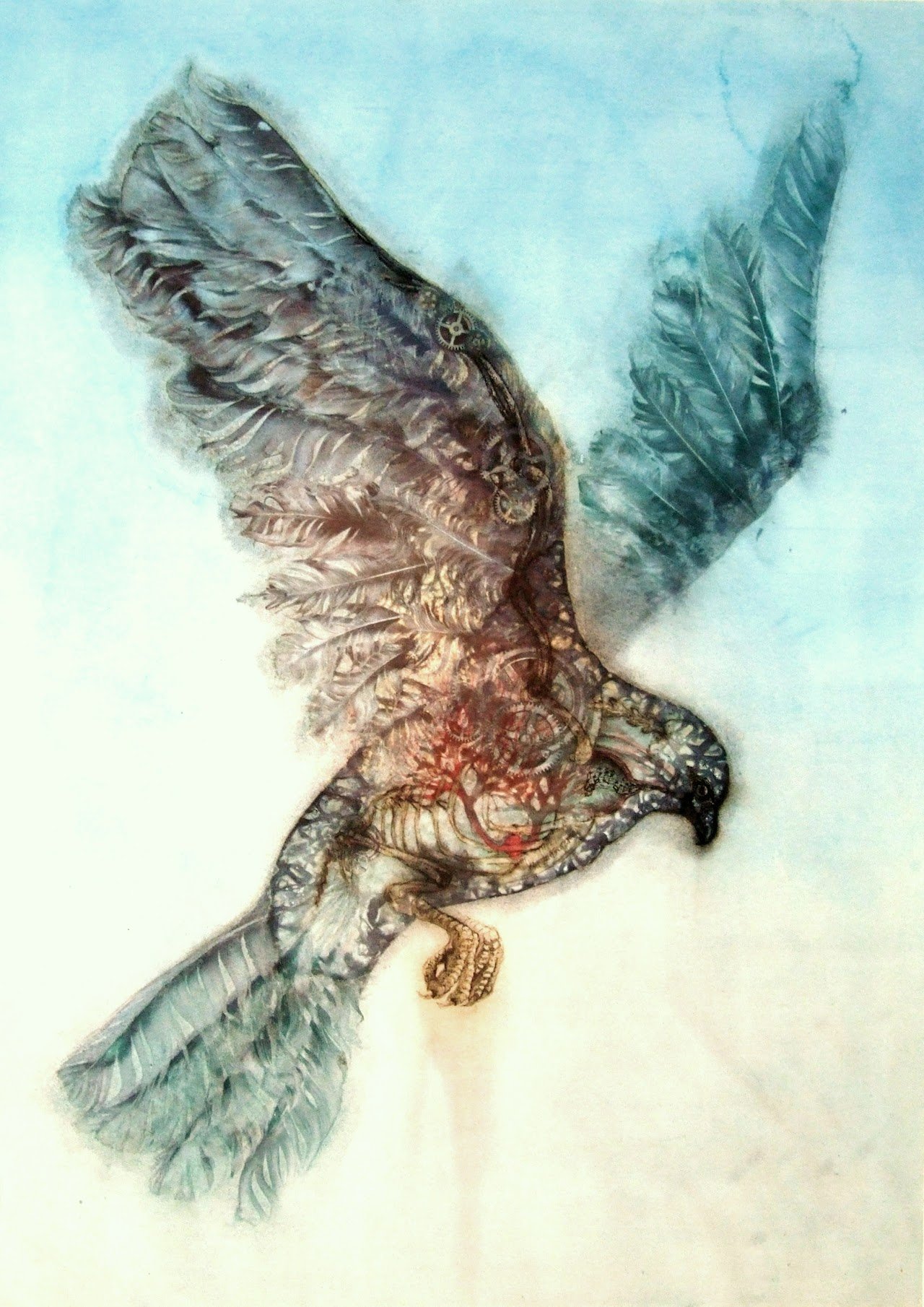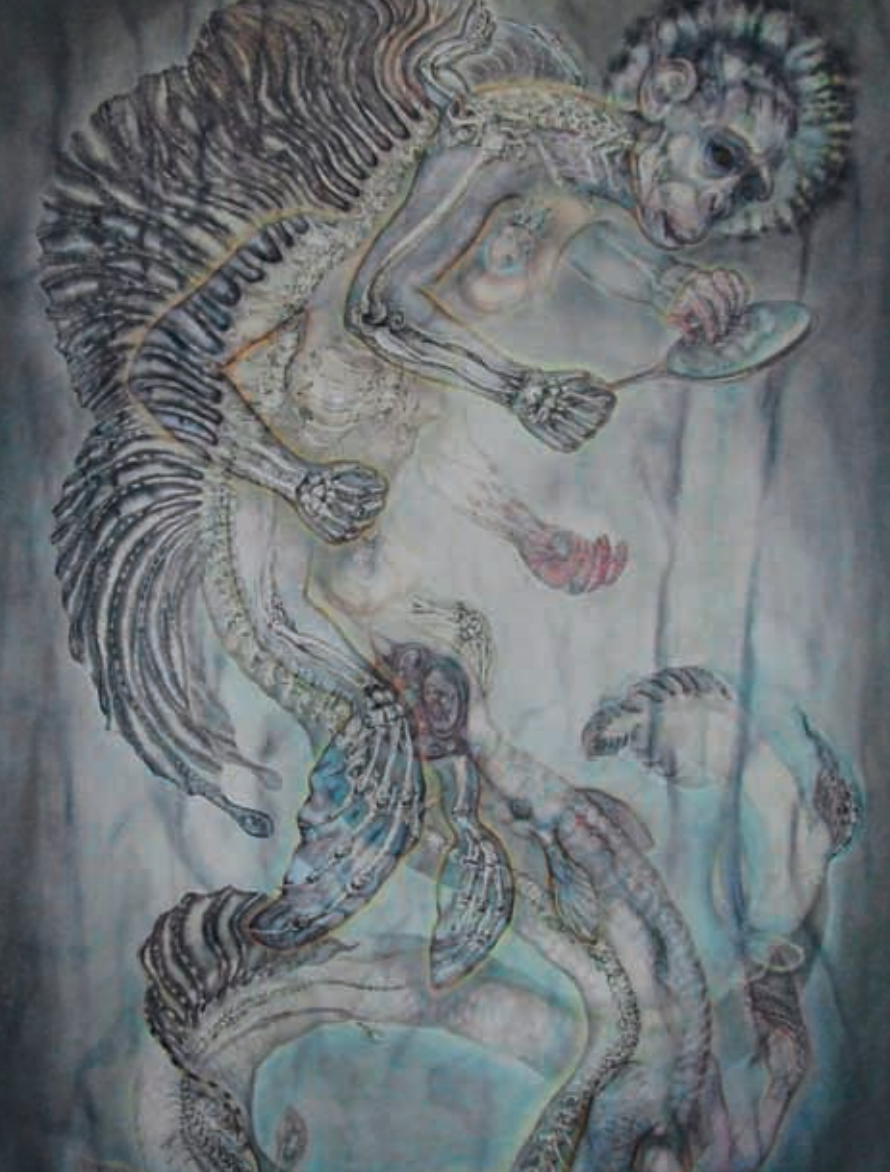By Paul Harper
From Issue 27, June 2017
When I meet Adam he is caught between preparing for Open Studios and finishing a body of work for his forthcoming exhibition at the Museum in the Park. His studio is crowded with sculptures and rolled up paintings, finished or in progress.
He picks things up or directs my attention towards castings, enthusing about the light refracting quality of the resins that he likes to work with, explaining the multiple meanings embedded in each piece. Objects and ideas seem densely layered, like archaeological strata. A certain amount of creative chaos is evident, which belies his highly planned and systematic approach to making and the detailed investigative approach that characterizes his working methods. In the centre of the space sits a new work, a section of tree trunk, the rotten interior of which is apparently encrusted with wood resin that has crystallised into clusters of hexagonal nodes. More resin oozes from a gaping wound in the trunk. The impression is of something between a natural organic process of decay and a catastrophic parasitic infestation. Either way the object is in a state of transition - from one material to another, from one state of being to another.
This kind of transformation seems central to Adam’s work - most often mapping slow, geological or evolutionary processes of change. He unrolls a large painting that depicts a plesiosaur, an aquatic dinosaur, its skeleton partially revealed, overlaid with other figures – humans, a winged rodent. These figures seem to dissolve into, or to be indivisible from, the dinosaur and each other. Drifting around this cruciform image are more ambiguous shapes, leaves, or seed cases perhaps – votive objects, each containing a further image of evolving life. In one of the floating pods a giant penguin is pursuing a killer whale – a role reversal in which the prey has outevolved its hunter. At the base of the painting a pair of cupped hands are shown, opening to suggest an originating, god-like presence, unleashing an endlessly unfolding, and endlessly fecund, process of generation. Like much of Adam’s work, this painting occupies a space somewhere between a rational scientific diagram and a schematic for a symbolic narrative of how the world began. The symbolism is typically rich and complex, but unresolved, open to multivalent interpretations.
The almost theological nature of the symbolism bolsters an attitude of morality that hangs about the work. Adam’s interest in these weighty matters is not purely academic. He is addressing the mysteries of life and death, asking questions about how we should live. If this sounds overwhelmingly loaded with significance, it should be said that Adam’s philosophical inclination and the undoubted seriousness of his intentions is often surprisingly and engagingly leavened by jokes or humour, sometimes hidden or embedded in the detail of his work. Adam’s large paintings are alive with ideas, but they also demonstrate an attention to technique. He uses technically experimental approaches to watercolour paints for instance.
A medium often associated with more modest sketches or gentle subjects is here used on a very large scale to create translucent, indefinite surfaces as well as precise draughtsmanship. There is a tension between the very deliberate, analytical image making and the characteristic tendency of the liquid paint to flow and bloom when it meets the absorbent paper. Images swim in and out of clarity. The sometimes darkly portentous content is matched by a decorative, seductive, beauty. The ambition of Adam’s vision is matched by his technical mastery.
Many of Adam’s concerns seem esoteric, referring to creation myths and hinting at complex unifying theories. He has a wide-ranging and detailed knowledge, particularly of zoology, palaeontology and geology. He is a member of a number of geological societies and, when he isn’t working through the night in his studio, he can often be found on the banks of the River Severn, fossil hunting. Listening to him talk he can seem like a gentleman of the early Romantic period, an 18th century amateur scholar, the Reverend White, strolling about the countryside in a dark frock coat with his geologists hammer, searching for ichthyosaur bones, his head full of wonder and poetry, resisting the reductive natural philosophies of the Enlightenment, formulating theories of the universe that insist on the importance of subjective experience and the imagination alongside methodical scientific inquiry.
For his upcoming exhibition at The Museum in the Park Adam will be showing his large watercolours alongside sculptural works that explore both the underlying structures of the physical world and the stories that we use to explain the world to ourselves, the mythologies that we live by. Notwithstanding the singularity of his vision, Adam has invited various other artists to respond to or interpret the material that he is dealing with. The programme will include a half-term fossil hunt as well as an interactive installation by artists Emily Joy and Alison Cockcroft, working as Periscope. There will be live performances by artists Uta Baldauf and Kirsty Limburn, and a musical recital involving a Geiger counter by Sean Roe and Richard Dean.
Palaeontology is a Dangerous Beast will be showing at the Museum in the Park from Saturday the 27th of May until Saturday 25th of June. Visit adamwhiteartist.co.uk and museuminthepark.org.uk for further information.
PAUL HARPER IS A LECTURER AND WRITER ON VISUAL ART AND CRAFT
